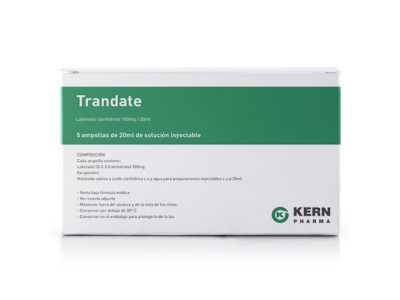Labetalol and metoprolol are both medications belonging to the class of beta-blockers, but they have some differences in their pharmacology and clinical use:
Mechanism of Action:
- Labetalol: Labetalol is a non-selective beta-blocker, meaning it blocks both beta-1 adrenergic receptors (predominantly found in the heart) and beta-2 adrenergic receptors (found in the lungs, blood vessels, and other tissues). It also has alpha-blocking activity, which means it blocks alpha-1 adrenergic receptors in blood vessels, leading to vasodilation.
- Metoprolol: Metoprolol is a selective beta-1 adrenergic receptor blocker. It primarily targets beta-1 receptors in the heart, reducing heart rate and myocardial contractility without significantly affecting beta-2 receptors in other tissues.
Clinical Uses:
- Labetalol: Labetalol is used to treat hypertension (high blood pressure) in various clinical settings, including chronic management of hypertension, hypertensive emergencies, and hypertension in pregnancy (such as preeclampsia). Its dual mechanism of action (beta and alpha blockade) makes it effective in lowering blood pressure through both heart rate reduction and vasodilation.
- Metoprolol: Metoprolol is also used to treat hypertension, angina (chest pain), and certain arrhythmias (irregular heart rhythms). Its selective action on beta-1 receptors makes it particularly suited for conditions where reducing heart rate and cardiac output is beneficial.
Side Effects:
- Both medications can cause similar side effects due to their beta-blocking effects, such as fatigue, dizziness, cold extremities, and potentially metabolic changes.
- Labetalol's additional alpha-blocking activity can sometimes cause more pronounced orthostatic hypotension (a sudden drop in blood pressure upon standing), compared to metoprolol.
Selective vs. Non-Selective Blockade:
- Metoprolol's selective beta-1 blockade may result in fewer side effects related to beta-2 receptors, such as bronchoconstriction (narrowing of the airways) or reduced peripheral blood flow, compared to non-selective beta-blockers like labetalol.
Use in Specific Populations:
- Labetalol is often chosen for hypertensive emergencies and pregnancy-related hypertension due to its ability to lower blood pressure rapidly and its safety profile in pregnancy.
- Metoprolol is commonly used in chronic management of hypertension and cardiovascular conditions where selective beta-1 blockade is desired.
In summary, while both labetalol and metoprolol are effective beta-blockers used to treat hypertension and other cardiovascular conditions, they differ in their receptor selectivity and clinical applications. The choice between these medications depends on the specific needs and conditions of the patient, as well as considerations of their pharmacological properties and potential side effects.

